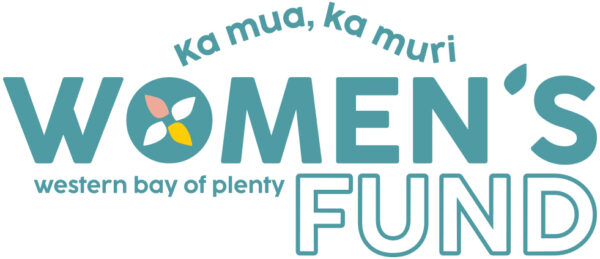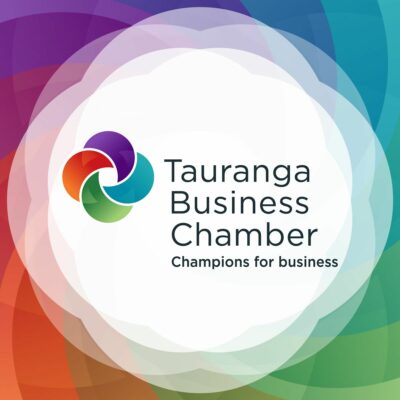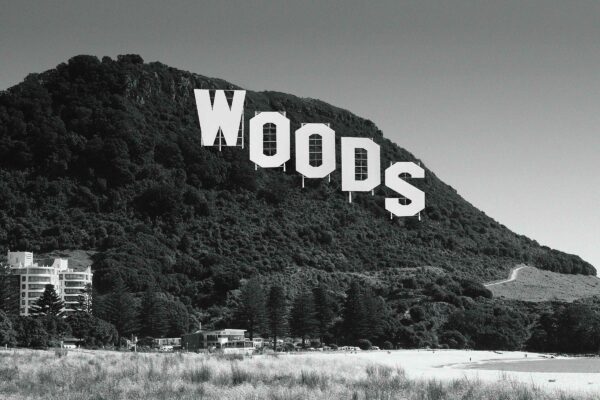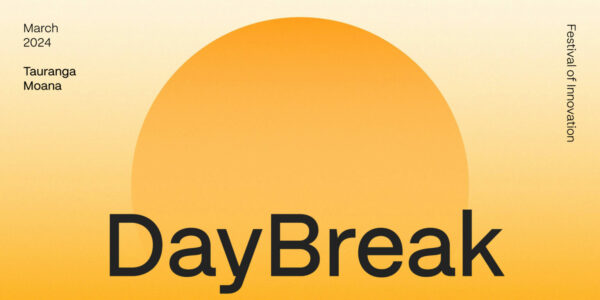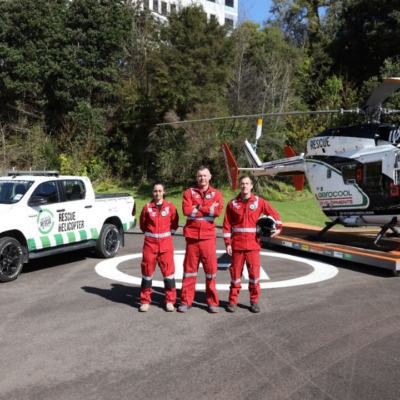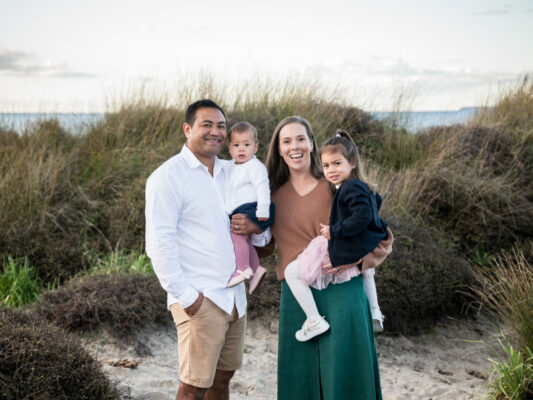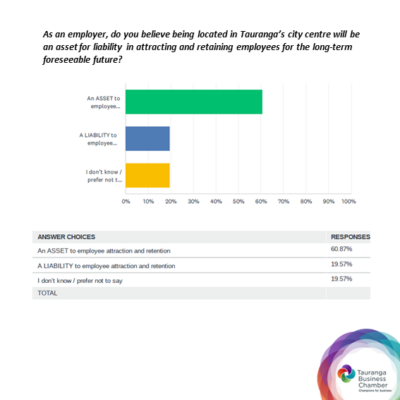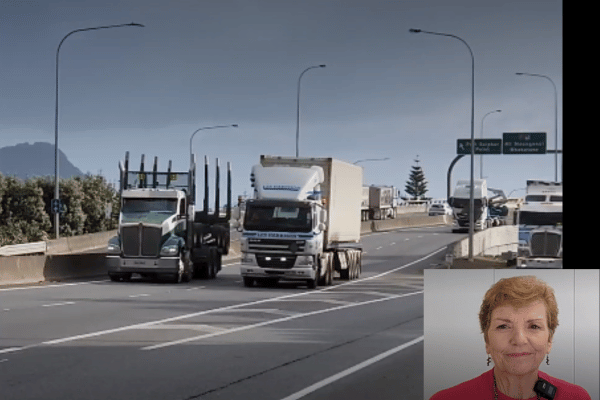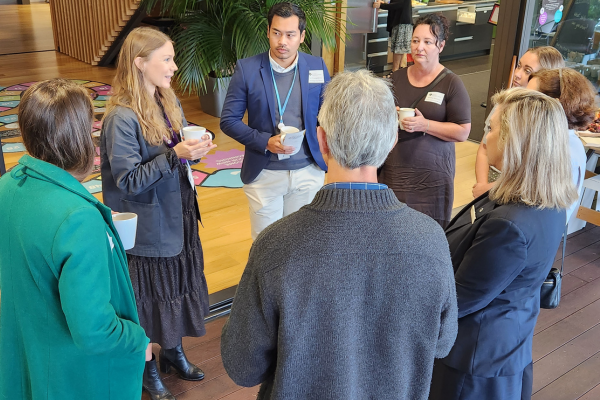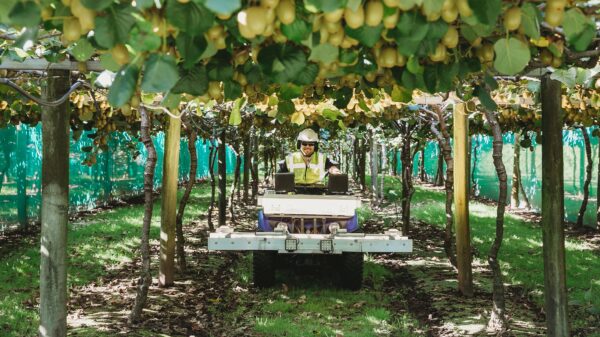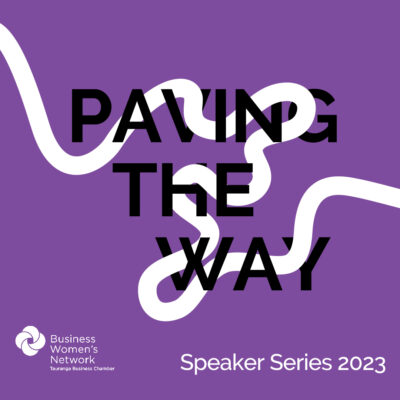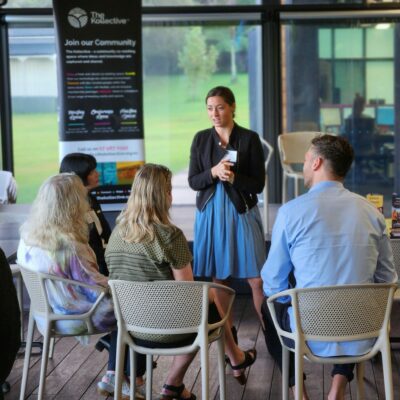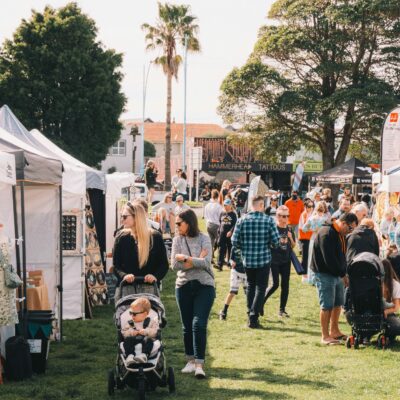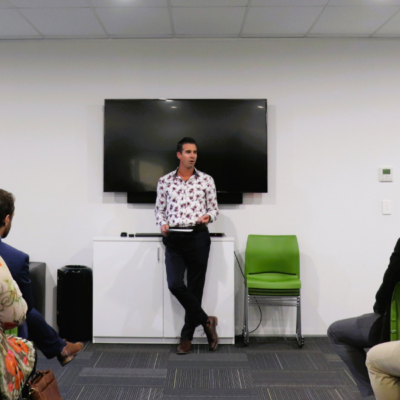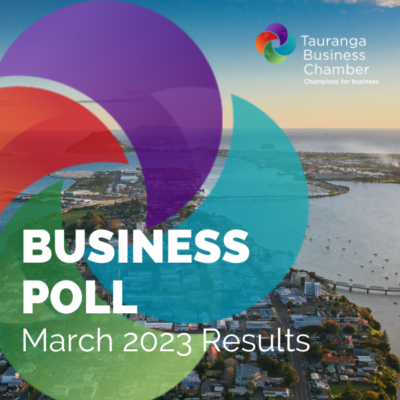During the Long-Term Plan deliberations commissioners have agreed to stagger the development contributions increases after listening to the concerns of the community through the submission process.
From 1 August 2021, an increase of $7,500 will apply, and from 1 February 2022, an additional increase of $10,500 will apply to building consents for new residential and non-residential developments. These figures are based on a 3+ bedroom dwelling and will be adjusted accordingly for smaller dwellings and non-residential developments.
Council Commission Chair Anne Tolley said they’d taken community feedback into account, and the phased approach to the increases will hopefully go some way to alleviating the impact of these unavoidable charges.
“Development contributions are critical to ensuring Tauranga can provide the key infrastructure needed for our growing city. The cost of infrastructure continues to rise, and we need to keep pace with these increases,” says Anne.
The council’s approach is that costs related to growth are to be funded by that growth and not transferred to existing ratepayers.
Development contributions are fees charged for new houses and non-residential buildings across the city to fund core infrastructure that supports and enables growth and are based on a cost-recovery basis, meaning if the cost of infrastructure rises, so do development contributions.
Tauranga City Council, General Manager of Strategy and Growth Christine Jones, says council uses local and citywide contributions. Local development contributions fund projects that serve the area where the development is located, and citywide contributions fund services that provide or enable the whole city’s development. Citywide development contributions are usually charged on building consents for new residential and non-residential developments.
Christine says the main reason for the increase is to fund the Waiāri Water Supply Scheme and trunk mains to ensure a reliable and adequate water supply for our current and future population. If development contributions were not used, then this cost would need to be funded via rates.
“
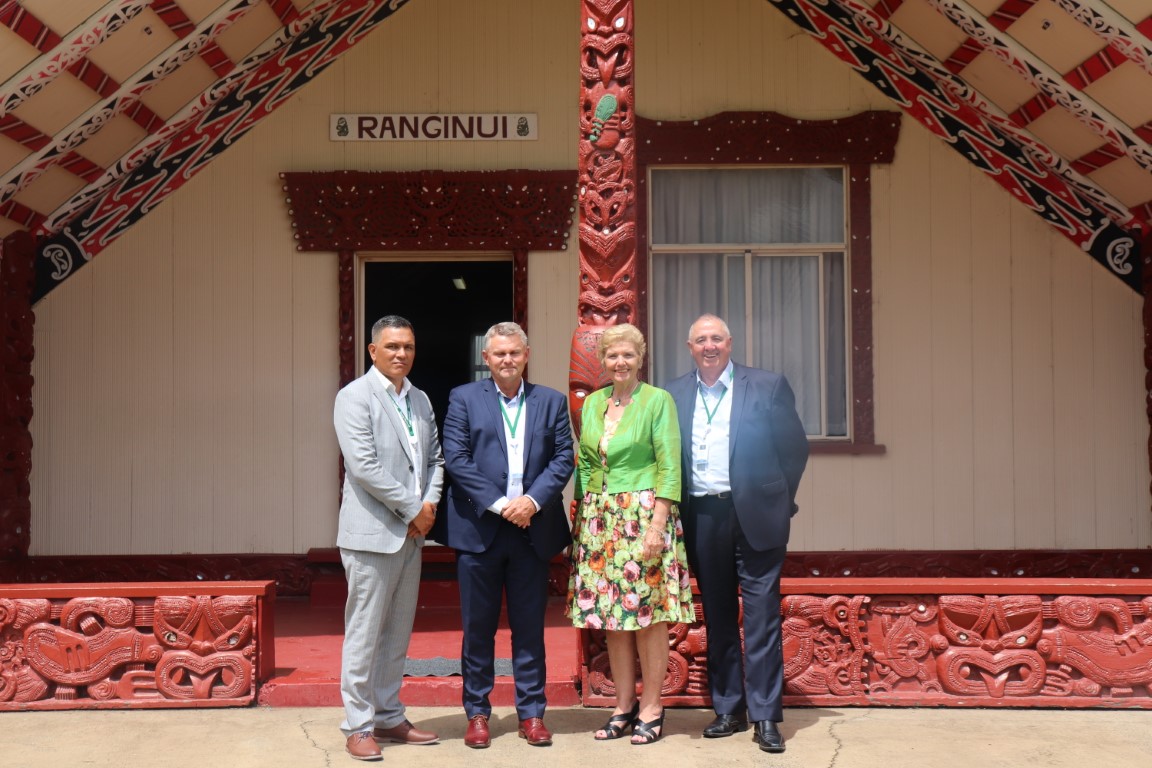
The city’s water networks are at capacity, and growth is driving the need for a new water treatment plant. When the Waiāri Water Supply Scheme and trunk mains are in place, council will divert the existing houses and development in the coastal areas such as Papamoa and Mount Maunganui, and their primary water supply will be from the Waiāri. So while some new households won’t connect directly to the scheme, they’re still contributing to the need of an additional water treatment plant and will benefit from the capacity it creates,” adds Christine.
The completed works will increase the city’s water capacity by approximately 45,000 cubic litres, providing water for approximately another 30,000 houses in the city. Based on the current growth projections, the project will provide water supply for the city for another 30 years.
- Content supplied by Tauranga City Council.
Want more top tips, advice and insights? Check out our news section.


